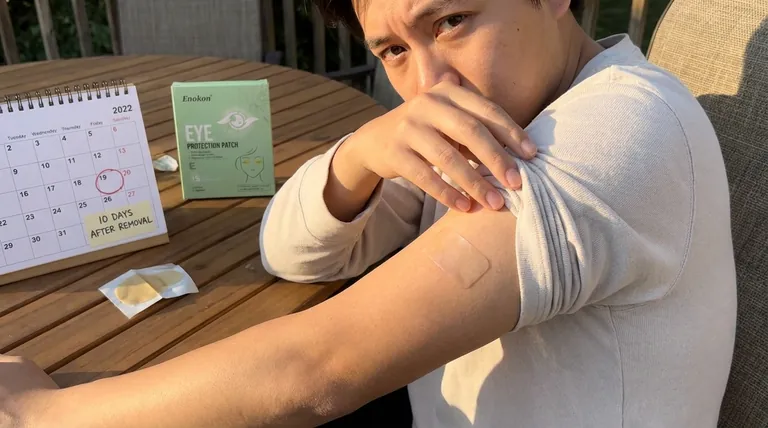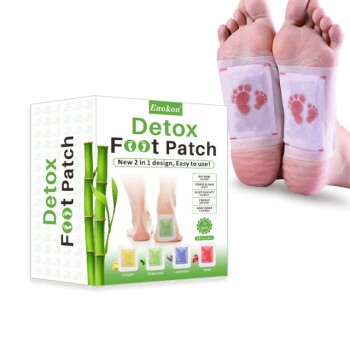To use granisetron patches safely, you must take specific and extended precautions against sun exposure. The medication makes your skin highly sensitive to ultraviolet (UV) light. You must keep the patch application site completely covered and protected from direct sunlight, sunlamps, and tanning beds both while wearing the patch and for a significant period after its removal.
The core issue with sun exposure is two-fold: it can cause severe skin reactions due to drug-induced photosensitivity, and the heat can accelerate medication absorption, leading to an unpredictable dose. Therefore, protection must be diligent and continue for 10 days after you stop using the patch.

The Two Primary Risks of Sun Exposure
Understanding why you need to avoid the sun helps reinforce the importance of these precautions. The risks are not just about getting a simple sunburn; they relate directly to how the drug interacts with your body and your skin.
Increased Photosensitivity
The granisetron in the patch can make your skin react abnormally to UV radiation. This reaction, known as photosensitivity, can result in severe, sunburn-like redness, rashes, or irritation on the exposed area.
Critically, this sensitivity does not end when you remove the patch. You must continue to protect the skin where the patch was applied by covering it with clothing for at least 10 days after removal to prevent a delayed skin reaction.
Accelerated Medication Absorption
The patch is designed to deliver a steady, controlled dose of granisetron through your skin over time. External heat sources, including direct sunlight, can disrupt this process.
Heat increases blood flow to the skin, which can cause the medication to be absorbed into your bloodstream faster than intended. This can lead to getting too much of the drug at once, potentially increasing side effects and reducing the patch's effectiveness later.
A Broader Look at Patch Safety
The precaution against sunlight is part of a wider set of safety rules centered on controlling the patch's environment. The goal is always to ensure a stable and predictable dose.
Avoid All External Heat Sources
The principle of avoiding heat from the sun extends to all other heat sources. Do not apply heating pads, electric blankets, or any other heat source directly over the patch site. You should also avoid prolonged exposure in hot tubs or saunas.
Proper Handling and Application
Always wash your hands after touching a patch. When applying a new one, choose a different spot on your skin to avoid irritation. Never apply a patch to broken, damaged, or irritated skin. When you dispose of a used patch, fold it in half with the sticky sides together.
Critical Medical Considerations
The metallic components in some patches can overheat during certain medical procedures, causing skin burns. You must inform your doctor you are wearing a patch before undergoing an MRI or cardioversion.
Common Pitfalls to Avoid
Failing to follow these guidelines can undermine the treatment's safety and efficacy. Being aware of common mistakes is the best way to prevent them.
Forgetting the 10-Day Rule
The single most common mistake is assuming the risk is over once the patch is off. The medication can linger in the upper layers of the skin, meaning the photosensitivity risk persists. Mark a calendar to remind yourself to keep the area covered.
Underestimating Ambient Heat
You do not need to be actively sunbathing to be at risk. Sitting in a car with direct sun on your arm or using a heated seat can be enough to increase drug absorption. Always be mindful of the patch site's temperature.
Lack of Communication with Providers
Never assume your entire medical team knows you are using a granisetron patch. Always mention it before any surgery, scan, or new prescription to prevent dangerous interactions or complications like burns during an MRI.
Making the Right Choice for Your Goal
To ensure you are using the granisetron patch safely and effectively, integrate these key principles into your routine.
- If your primary focus is preventing skin reactions: Always keep the patch application site covered with clothing and continue to cover that same area for 10 full days after the patch is removed.
- If your primary focus is ensuring a stable dose: Be mindful of all heat sources—not just the sun—including heating pads, electric blankets, and even hot car seats.
- If your primary focus is overall medical safety: Always inform all healthcare providers that you are wearing the patch, especially before any procedure like an MRI or surgery.
Proactively protecting the patch site from both UV light and external heat is the most critical step to ensure a safe and predictable treatment.
Summary Table:
| Precaution | Key Action | Duration |
|---|---|---|
| Sunlight Exposure | Keep patch site covered with clothing. Avoid direct sun, sunlamps, and tanning beds. | While wearing patch + 10 days after removal. |
| Other Heat Sources | Avoid heating pads, electric blankets, hot tubs, and saunas on/near the patch. | Entire duration of patch use. |
| Medical Procedures | Inform healthcare providers about the patch before an MRI, cardioversion, or surgery. | Before any relevant procedure. |
Ensure the highest quality and reliability for your transdermal drug delivery products. As Enokon, a bulk manufacturer of reliable transdermal patches for healthcare and pharma distributors, we provide expert custom R&D and development services. Our technical expertise ensures your medicated patches, like granisetron, are designed with patient safety and precise dosing as top priorities. Contact our specialists today to discuss your project requirements.
Visual Guide

Related Products
- Herbal Eye Protection Patch Eye Patch
- Asthma Cough and Pain Relief Patch for Adults and Kids
- Far Infrared Deep Heat Relief Patches Medicated Pain Relief Patches
- Menthol Gel Pain Relief Patch
- Icy Hot Menthol Medicine Pain Relief Patch
People Also Ask
- What are the steps for applying under-eye patches? Boost Your Eye Care Routine
- What are the steps for properly using eye patches? Maximize Benefits for Your Delicate Eye Area
- What are the main benefits of using eye patches in a skincare routine? Revitalize Your Under-Eye Area
- Should under eye patches be applied before or after moisturizer? Optimize Your Skincare Routine
- Can under eye patches smooth fine lines and wrinkles? Hydrate & Plump for Youthful Skin

















